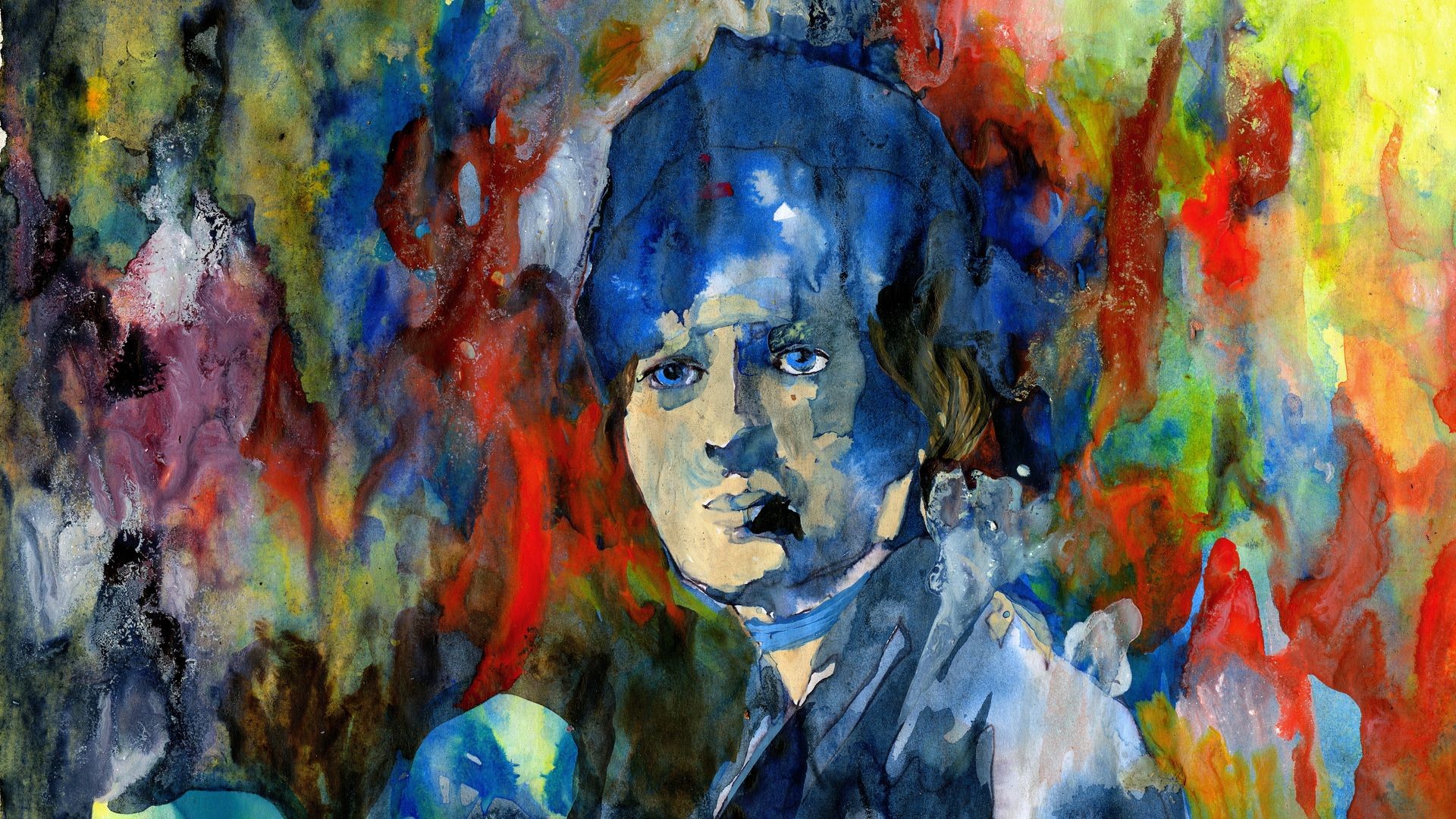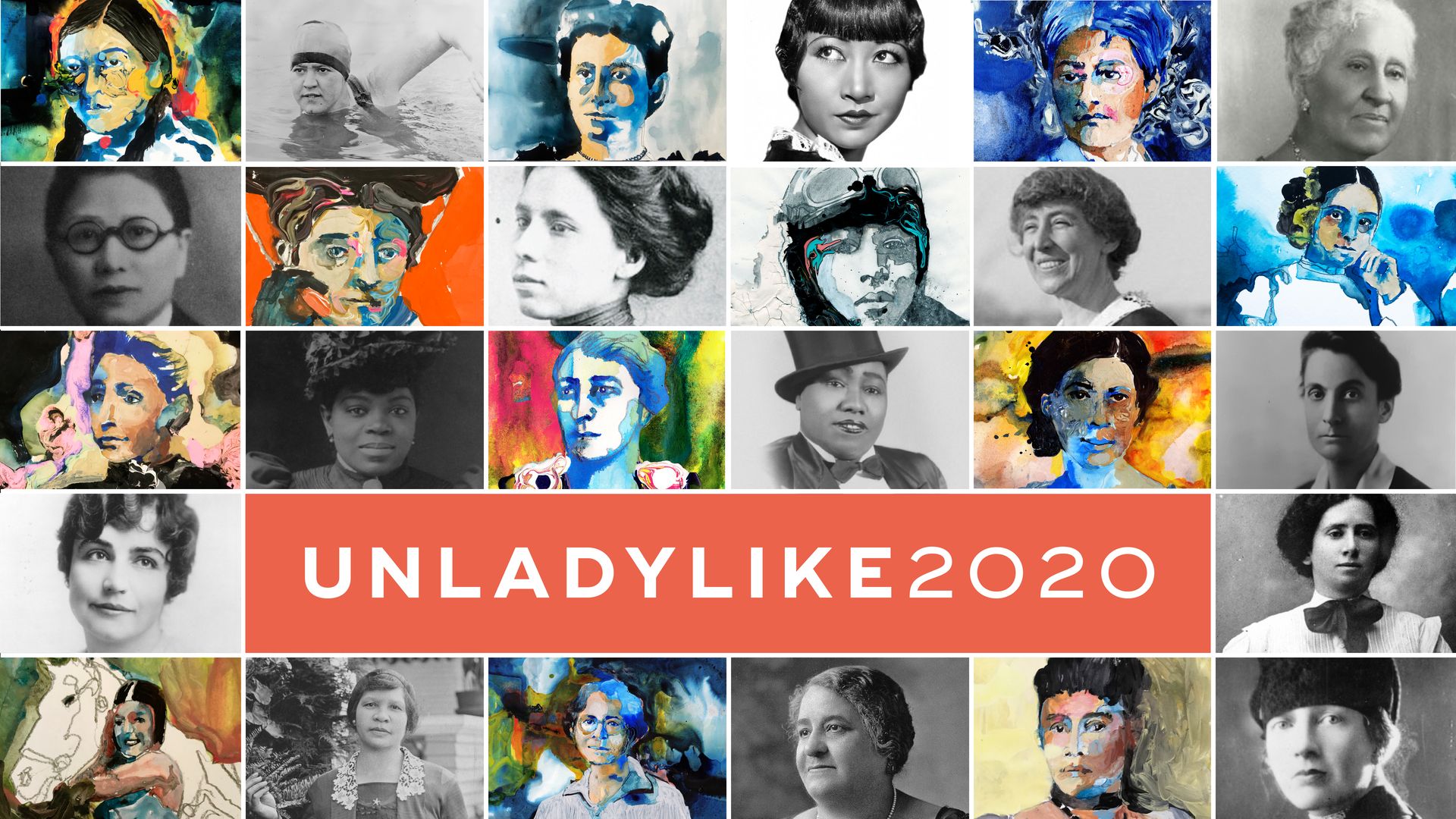Louise Arner Boyd
Year: 2020
Country: USA
Director: Charlotte Mangin, Sandra Rattley
Genre: documentary
Runtime: 10 min.
Age: 12+
Country: USA
Director: Charlotte Mangin, Sandra Rattley
Genre: documentary
Runtime: 10 min.
Age: 12+
First Woman to Lead Arctic Expeditions / 1887-1972
Louise Arner Boyd was born on September 16, 1887, in San Rafael, California, to a wealthy family. Her father had made his fortune in the Gold Rush, and Boyd was afforded every advantage a young woman at the turn of the 20th century could imagine. She attended a private school in San Francisco and was well trained in the social graces. Her family was raising her to be a socialite, but Boyd was interested in other pursuits. As a girl, she followed her brothers everywhere and tried to do everything that they did — horseback riding, hunting, hiking. She was also fascinated with geography, the Arctic in particular, and the explorers who were mapping those regions of the globe for the first time. At age 19, when Norwegian explorer Roald Amundsen landed in San Francisco after completing the first sea voyage through the Northwest Passage, Boyd may have watched him arrive.
Despite her advantages, Boyd’s life was not without its troubles. Boyd’s brothers both died as teenagers, and suddenly Louise became an only child. After her parents died, Boyd was 32 years old, single, and with no immediate family. She decided to use her considerable inheritance to pursue her childhood dream of exploring the Arctic. In 1926, hiring her own ship and crew, Boyd became the first woman to finance and lead an expedition to the polar seas.
Originally her desire to go to the Arctic was for adventure. Boyd was thrilled by the icy remoteness and killed many polar bears as part of a big game hunting expedition, which was highly respected at the time. But a dramatic event changed her perspective. In 1928, when about to embark on a second pleasure trip to the Arctic, her childhood hero, Amundsen, and his team disappeared at sea. Boyd participated in the 10-week rescue mission. Although Amundsen and his team were not found, Boyd was awarded the Chevalier Cross of the Order of Saint Olav and the Chevalier of the French Legion of Honor for her efforts. From then on, Boyd was committed not just to polar exploration but to polar science.
Throughout the 1930s, Boyd partnered with the American Geographical Society to explore uncharted regions, and led several expeditions, in which she brought scientists along with her to study and help interpret what she saw. These expeditions generated new data in the fields of geology, oceanography, botany, and glaciology. Boyd served as the official photographer of her expeditions, documenting ice patterns along the Greenland coast. She also pioneered the use of photogrammetry, the science of taking photographs to create models or maps, in inaccessible places. Boyd mapped previously uncharted regions of Greenland, filmed and photographed topography, sea ice, glacial features, and land formations. In recognition of her important work, a fjord in East Greenland was named “Louise Boyd Land.” Importantly, Boyd’s photographic record provides critical information to climate change researchers today, helping them to understand how the ice has changed over the course of the last century.
In 1938, Boyd was awarded the Cullum Medal from the American Geographical Society, and became one of the first women to autograph their Fliers and Explorers Globe, signed by the major explorers and aviators of the 20th century. Boyd returned to the Arctic one last time in 1955, when she chartered an airplane and became the first woman to fly over the North Pole. Boyd died on September 14, 1972, two days before her 85th birthday, requesting that her ashes be scattered in the Arctic Ocean.

